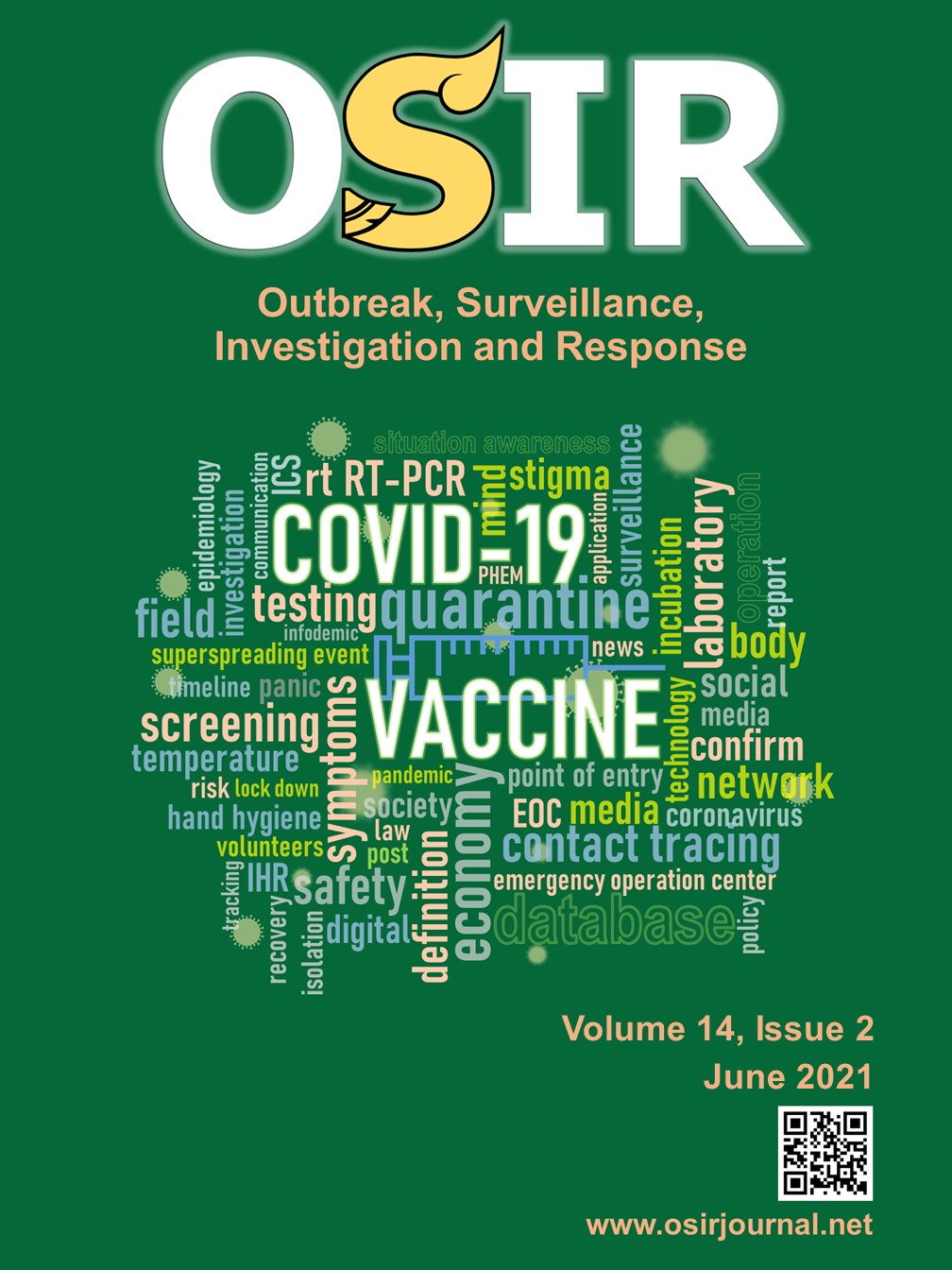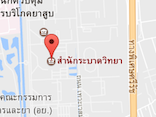School Management in Response to Coronavirus Disease 2019 (COVID-19)
Main Article Content
Abstract
The coronavirus disease 2019 (COVID-19) outbreak emerged in Thailand in January 2020 with the situation worsening during March-April 2020. The government decided to lockdown most public places, including schools and daycare nurseries even though the proportion of cases in under 15-year-old was small (about 2.8%). Evidence at the global level did not reach consensus on how to manage school openings properly. The Department of Health of the Ministry of Public Health has delivered school guidelines for the prevention and control of COVID-19. The modelling team of the Department of Disease Control demonstrated that the risk of an infective presenting with a long incubation period (more than seven days) was approximately 12%. This figure reduced to only 1% if a fourteen-day cutoff was applied. The infectivity risk did not depend on the incubation period alone, but greatly relied on the ability of a school to detect a case. With a timely and comprehensive detection rate (close to 100%), a seven-day closure policy yielded almost the same infectivity risk as a fourteen-day closure policy. Policy makers should bring the issues of health, education, and the social impact of children to the table and identify the most appropriate measures to control COVID-19 while ensuring the best quality of life of a child.
Keywords: Coronavirus, COVID-19, school, model
Article in English


